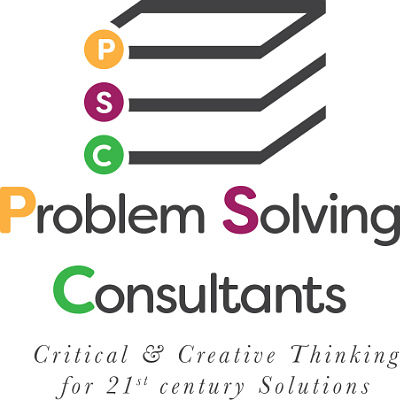My plans for this posting were affected by the many comments I heard while in Washington DC this week. The major topic was the untimely passing of Supreme Court Justice Antonin Scalia. Folks were putting aside the political and ideological factors and focusing on the individual. That caused me to think over my reaction to his many opinions from the Court which impacted our criminal justice system.
I agree with the consensus comment that Justice Scalia caused all of us to do our jobs better. His respect for the Constitution created situations where he clearly put the country ahead of personal agenda, as was the case when he joined seven colleagues in their decision on the Westboro Baptist Church matter. It was obvious that the actions of that group were abhorrent to many of the justices and yet, they upheld the First Amendment right to free speech, as hateful as that speech might be. Justice Scalia challenged himself and the rest of us to maintain an objective intellectual look at the law. We cannot imbue the law with what we wish it could be. Rather, we must insure that the law clearly addresses a concern and does so in a fair and impartial manner. I am fascinated that despite the invective directed at this individual, he never swerved from his core belief that our Constitution was a guiding document which transcends time.
According to those who knew him best, he was a brilliant jurist, well spoken, a dedicated husband, father, and grandfather, and a true and loyal friend to an eclectic group of people. Above all, he was a man of faith. I can think of no better legacy for such an individual.
